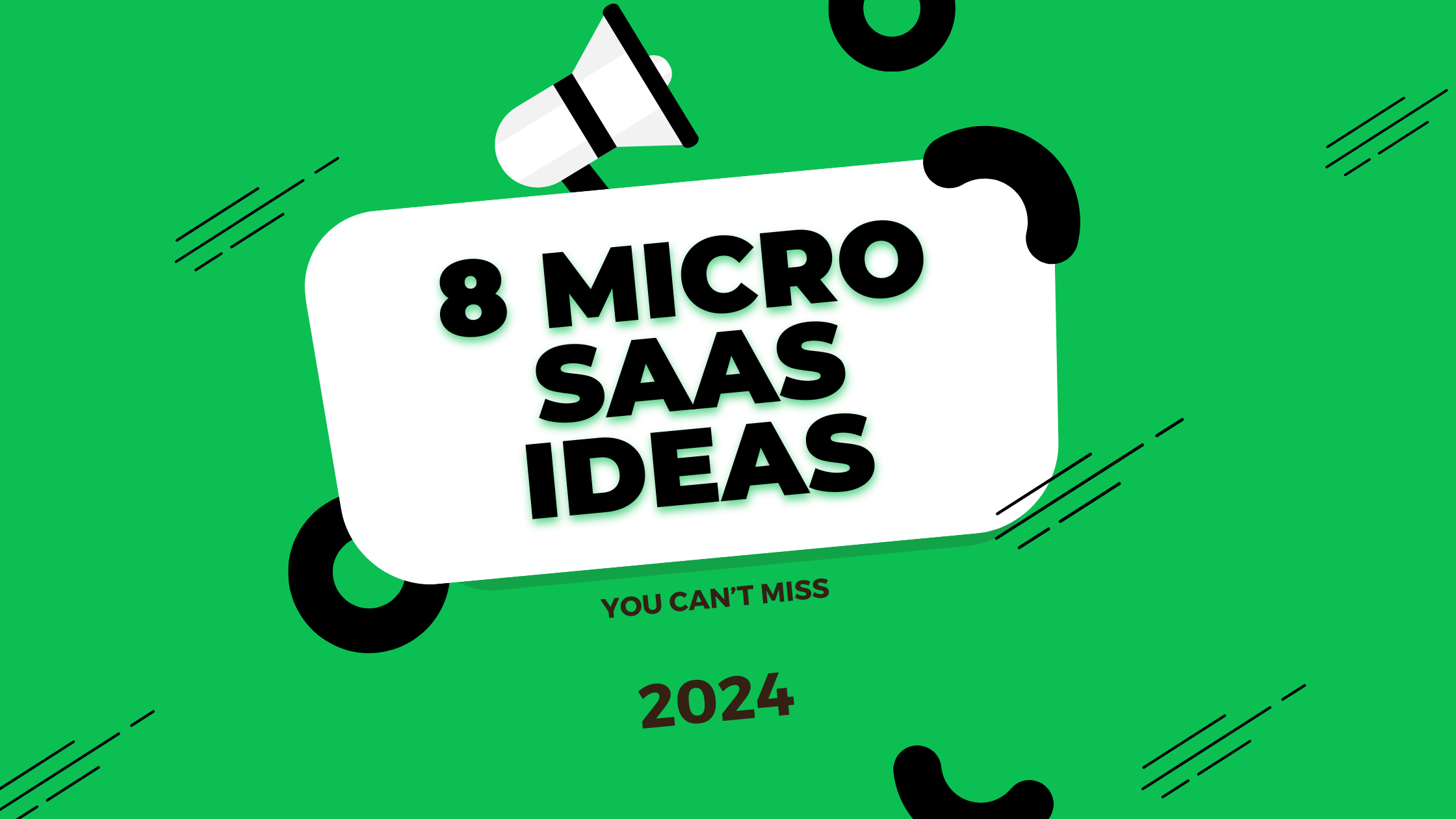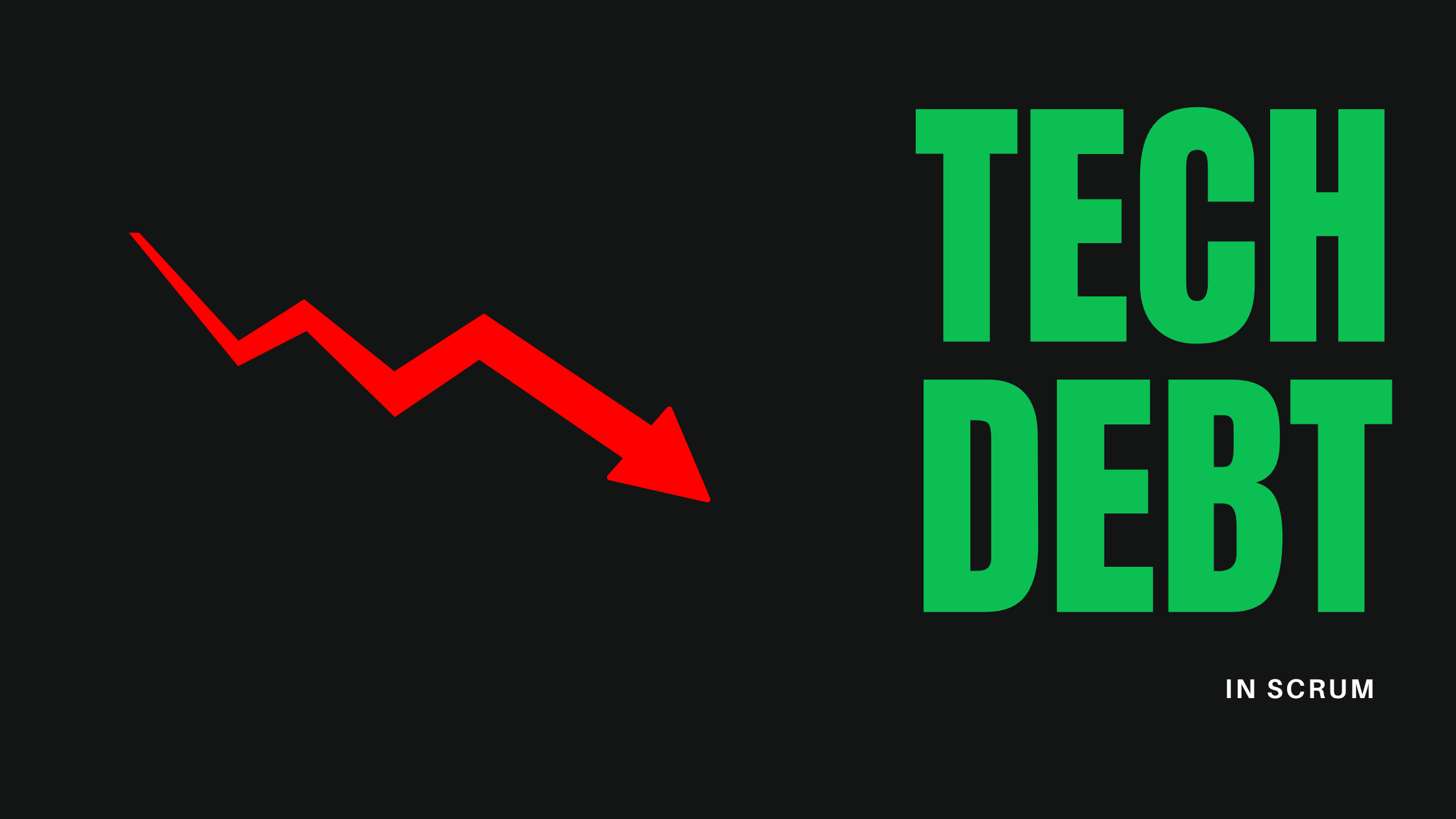Web App Examples 2024: Innovative Solutions Shaping and best web application examples
As we step into 2024, the world of web applications continues to evolve at a rapid pace. From progressive web apps (PWAs) to dynamic web applications, the landscape is rich with innovative solutions that are transforming how we interact with digital services. In this comprehensive guide, we’ll explore some of the best web application examples of 2024, showcasing the cutting-edge technologies and design trends that are defining the future of web app development.
Understanding Web Applications in 2024
Before we dive into specific examples, let’s briefly discuss what web applications are and how they’ve evolved in recent years.
A web application is an application program that is stored on a remote server and delivered over the internet through a web browser interface. Unlike traditional desktop applications, web apps can be accessed from any device with an internet connection, making them incredibly versatile and user-friendly.
In 2024, web applications have become more sophisticated than ever, offering experiences that rival, and in some cases surpass, native mobile apps. The rise of progressive web apps (PWAs) has further blurred the line between web and native applications, offering the best of both worlds.
Types of Web Applications in 2024
Web applications come in various forms, each suited to different needs and use cases. Here are some of the main types we’re seeing in 2024:
- Static Web Apps: Simple websites with fixed content.
- Dynamic Web Applications: Interactive sites that change based on user input or data.
- Single-Page Applications (SPAs): Web apps that load a single HTML page and dynamically update content.
- Progressive Web Apps (PWAs): Web apps that offer a native app-like experience.
- E-commerce Platforms: Online stores and marketplaces.
- Content Management Systems (CMS): Platforms for managing digital content.
- Software as a Service (SaaS) Applications: Cloud-based software solutions.
Now, let’s explore some outstanding web application examples across these categories.
5 Examples of Innovative Web Applications in 2024
1. Figma: Redefining Collaborative Design
Figma stands out as a great web application example in the field of graphic design and user interface development. As a browser-based design tool, Figma allows users to collaborate in real-time, making it an essential tool for remote design teams.
Key Features:
- Real-time collaboration
- Browser-based, no installation required
- Powerful design and prototyping tools
- Extensive plugin ecosystem
Figma’s success demonstrates the power of web applications in providing complex, desktop-like functionality through a web browser.
2. Spotify PWA: Music Streaming Reimagined
Spotify’s progressive web app is one of the best progressive web app examples we’ve seen. It offers a seamless, app-like experience directly through the web browser, complete with offline functionality.
Key Features:
- Offline playback
- Push notifications
- Home screen installation
- Near-native performance
The Spotify PWA showcases how web applications can provide experiences that are indistinguishable from native apps, while being more accessible and easier to update.
3. Google Docs: Collaborative Productivity in the Cloud
Google Docs continues to be one of the most popular web applications, exemplifying the power of cloud-based productivity tools. In 2024, it has evolved to include more advanced features and improved performance.
Key Features:
- Real-time collaboration
- Offline functionality
- AI-powered writing assistance
- Seamless integration with other Google services
Google Docs demonstrates how web applications can replace traditional desktop software, offering greater flexibility and collaboration features.
4. Trello: Visual Project Management
Trello remains a standout example of a web application that combines simplicity with powerful functionality. Its card-based interface makes project management intuitive and visually appealing.
Key Features:
- Drag-and-drop interface
- Real-time updates
- Extensive integration options
- Mobile-friendly design
Trello’s success lies in its user-friendly design and flexibility, making it adaptable to various project management needs.
5. Canva: Democratizing Design
Canva has revolutionized graphic design by making it accessible to non-designers. As a web application, it offers a rich set of design tools directly in the browser.
Key Features:
- Drag-and-drop interface
- Vast library of templates and elements
- Collaboration features
- Integration with stock photo libraries
Canva exemplifies how web applications can democratize complex tasks, making them accessible to a broader audience.
The Rise of Progressive Web Apps (PWAs)
Progressive Web Apps deserve special attention as they represent a significant trend in web application development. PWAs combine the best features of web and native apps, offering a superior user experience.
Benefits of PWAs:
- Offline Functionality: PWAs can work without an internet connection.
- Fast Performance: They load quickly and respond smoothly to user interactions.
- Cross-Platform Compatibility: PWAs work on any device with a supported browser.
- App-Like Experience: They can be installed on the home screen and offer features like push notifications.
Examples of Successful PWAs:
- Twitter Lite: A fast, data-friendly version of Twitter.
- Uber: Offers a seamless booking experience through the browser.
- Pinterest: Provides a native-like experience with offline capabilities.
- Starbucks: Allows ordering and payments through a PWA.
Web Application Development Trends in 2024
As we look at web application examples in 2024, several trends become apparent:
- AI Integration: Many web apps are incorporating AI to enhance functionality and user experience.
- Voice Interaction: Voice commands and natural language processing are becoming more common.
- Enhanced Security: With increasing concerns about data privacy, robust security measures are a priority.
- Micro Frontends: Breaking down web applications into smaller, manageable pieces.
- Serverless Architecture: Simplifying backend development and improving scalability.
- WebAssembly: Enabling high-performance web applications.
Best Practices for Web Application Design in 2024
Creating a successful web application involves more than just functionality. Here are some design best practices we’re seeing in 2024:
- Responsive Design: Ensuring the application works seamlessly across all devices.
- Intuitive Navigation: Making it easy for users to find what they need.
- Fast Load Times: Optimizing performance for quick loading and smooth interactions.
- Accessibility: Designing for users with diverse needs and abilities.
- Dark Mode: Offering light and dark themes for user comfort.
- Minimalist Design: Focusing on essential elements to reduce cognitive load.
The Future of Web Applications
As we look beyond 2024, the future of web applications seems bright and full of potential. Here are some predictions:
- Increased Use of AR/VR: Web applications may incorporate augmented and virtual reality experiences.
- Further Blurring of Web and Native Apps: The distinction between web and native apps may become even less relevant.
- Enhanced Offline Capabilities: Web apps may offer even more robust offline functionality.
- AI-Driven Personalization: Web applications may become more personalized based on user behavior and preferences.
- Improved Cross-Platform Integration: Seamless experiences across devices and platforms will become the norm.
Challenges in Web Application Development
While web applications offer numerous advantages, they also come with challenges:
- Browser Compatibility: Ensuring consistent performance across different browsers.
- Security Concerns: Protecting user data and preventing vulnerabilities.
- Performance Optimization: Balancing feature-rich applications with fast load times.
- Offline Functionality: Implementing robust offline capabilities, especially for PWAs.
- User Engagement: Competing for user attention in a crowded digital landscape.
Tools for Web Application Development in 2024
Developers have a wide array of tools at their disposal for creating web applications:
- Frameworks: React, Angular, Vue.js
- Backend Technologies: Node.js, Django, Ruby on Rails
- Database Systems: MongoDB, PostgreSQL, Firebase
- Development Environments: Visual Studio Code, WebStorm
- Version Control: Git, GitHub
- CI/CD Tools: Jenkins, GitLab CI
Conclusion: The Dynamic World of Web Applications in 2024
As we’ve explored in this comprehensive guide, web applications in 2024 are diverse, powerful, and continually evolving. From progressive web apps that blur the line between web and native experiences to sophisticated cloud-based tools that enable global collaboration, web applications are shaping the way we work, communicate, and interact with technology.
The examples we’ve discussed — Figma, Spotify PWA, Google Docs, Trello, and Canva — represent just a fraction of the innovative web applications available in 2024. Each of these applications demonstrates the potential of web technologies to create user-friendly, efficient, and feature-rich solutions accessible from any device with a web browser.
As we move forward, we can expect web applications to become even more sophisticated, incorporating emerging technologies like AI, AR/VR, and advanced voice interfaces. The continued evolution of progressive web apps is likely to further challenge the dominance of native mobile apps, offering users seamless experiences without the need for downloads or installations.
For developers and businesses, staying abreast of these trends and continually innovating will be key to success in the dynamic world of web application development. Whether you’re building a simple web app or a complex enterprise solution, the principles of user-centric design, performance optimization, and cross-platform compatibility will remain crucial.
It’s important to note that the success of a web application often depends on the expertise of the development team behind it. Understanding what a software house is and how it operates can be crucial when choosing a partner for your web application development project.
Moreover, the choice of technology stack plays a significant role in the development process. For those interested in learning more about popular technology stacks, our article on the MEAN stack provides valuable insights into one of the most widely used combinations of technologies for web application development.
As users, we can look forward to increasingly powerful and intuitive web applications that enhance our productivity, creativity, and digital experiences. The web applications of 2024 are just the beginning of what promises to be an exciting future in digital technology.
In this ever-evolving landscape, one thing is clear: web applications will continue to play a central role in shaping our digital future, offering innovative solutions to complex problems and transforming the way we interact with technology in our daily lives.
At Codelivery, we’re committed to staying at the forefront of these technological advancements, offering cutting-edge web application development services that leverage the latest trends and best practices in the industry. Whether you’re looking to develop a new web application or upgrade an existing one, our team of experts is here to help you navigate the complex world of web development and create solutions that drive your business forward.
As we continue to witness the rapid evolution of web applications, it’s an exciting time to be involved in this field. The possibilities are endless, and the potential for innovation is boundless. We look forward to seeing what the future holds and being part of the journey in creating the next generation of groundbreaking web applications.












